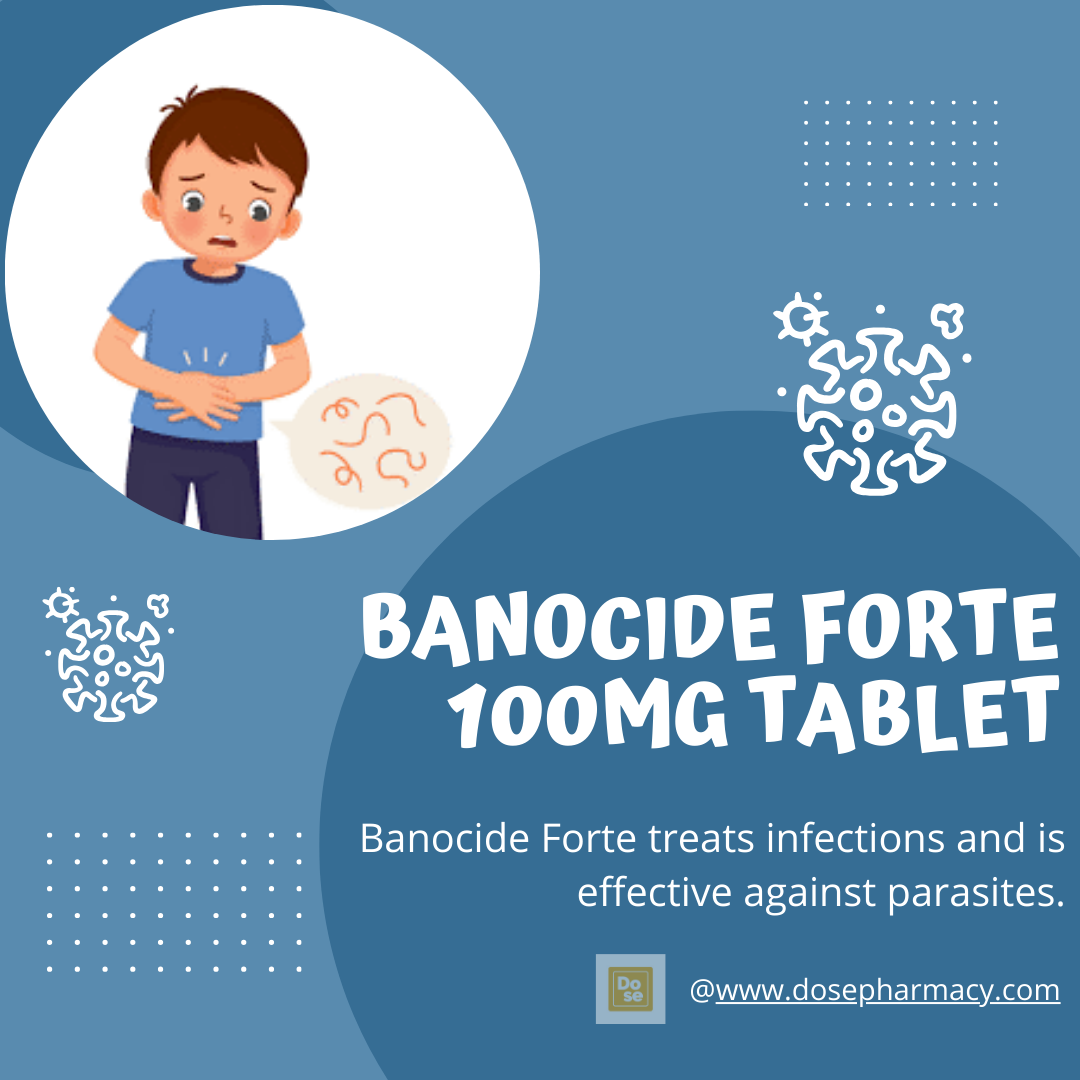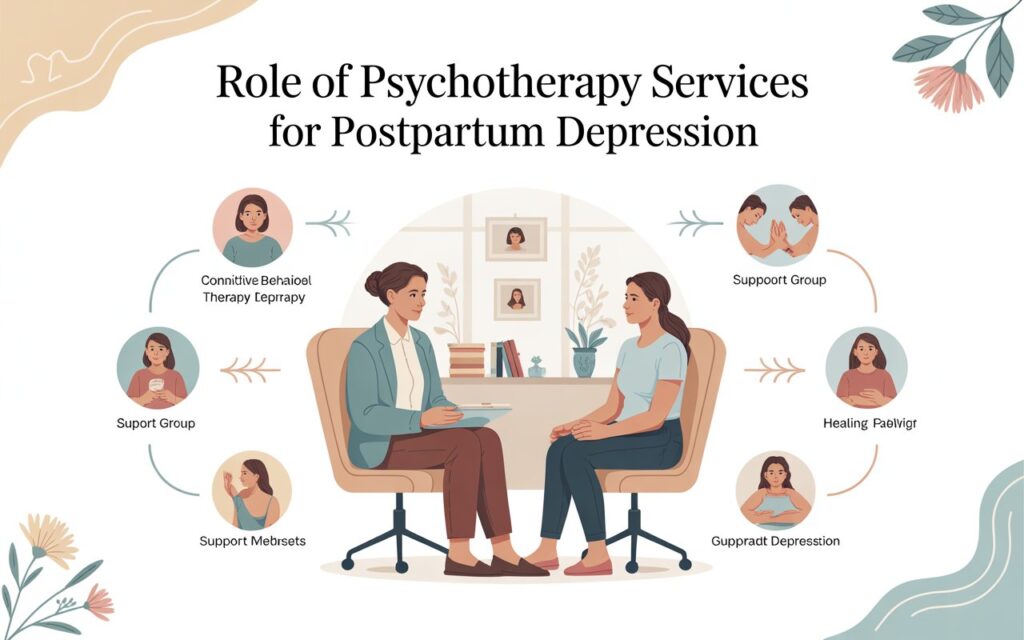Parasitic infections affect millions of people worldwide, particularly in tropical and subtropical regions. These infections can lead to significant health issues, ranging from mild discomfort to life-threatening complications. Banocide Forte Buy Online, a trusted antiparasitic medication, has emerged as a cornerstone in managing and treating various parasitic diseases effectively. This comprehensive guide explores the uses, benefits, dosage, and safety of Banocide Forte, helping patients and healthcare providers make informed decisions.
What is Banocide Forte?
Banocide Forte, generically known as diethylcarbamazine citrate (DEC), is a well-known anthelmintic medication. It is primarily used to treat parasitic infections caused by filarial worms, which include diseases such as lymphatic filariasis, tropical pulmonary eosinophilia, and loiasis. The medication works by disrupting the metabolism and structure of microfilariae (larval stage of worms) and adult worms, ultimately killing them.
Banocide Forte is available in tablet form and is included in the World Health Organization’s (WHO) list of essential medicines due to its efficacy in combating filarial infections and other related conditions.
Conditions Treated by Banocide Forte
- Lymphatic Filariasis
Lymphatic filariasis, commonly known as elephantiasis, is a debilitating condition caused by the filarial worms Wuchereria bancrofti, Brugia malayi, or Brugia timori. The disease leads to swelling of the limbs, scrotum, or other body parts due to lymphatic system damage. Banocide Forte effectively kills the worms, alleviating symptoms and halting disease progression.
- Tropical Pulmonary Eosinophilia (TPE)
TPE is an allergic reaction triggered by the immune system’s response to microfilariae. Patients with TPE experience coughing, wheezing, and breathlessness. Banocide Forte reduces the number of microfilariae, helping to control allergic inflammation and respiratory symptoms.
- Loiasis (African Eye Worm)
Loiasis is caused by the filarial worm Loa loa and is transmitted through the bite of infected deer flies. It manifests as swelling, itching, and the movement of the worm under the skin. Banocide Forte is effective in treating this condition by targeting both the larvae and adult worms.
- Eosinophilia
Banocide Forte is also used to treat eosinophilia, a condition characterized by an elevated level of eosinophils (a type of white blood cell) in response to parasitic infections or allergies.
- Other Parasitic Infections
In some cases, Banocide Forte may be prescribed off-label for other parasitic infections, such as certain nematode infestations, depending on the doctor’s discretion.
How Does Banocide Forte Work?
Banocide Forte works by targeting both the microfilariae and adult worms. It:
- Inhibits Worm Movement: The medication paralyzes the worms, making it difficult for them to move and reproduce.
- Kills Microfilariae: It effectively reduces the number of larval worms circulating in the bloodstream.
- Destroys Adult Worms: Over time, Banocide Forte weakens and kills adult worms, resolving infections.
- Reduces Inflammation: By eliminating parasites, it also alleviates inflammation caused by the body’s immune response.
Dosage and Administration
The dosage of Banocide Forte depends on the condition being treated, the patient’s age, weight, and overall health. It is crucial to follow a doctor’s prescription for effective treatment and to minimize side effects.
Standard Dosages
- For Lymphatic Filariasis: Typically, 6 mg/kg body weight per day divided into three doses, for 12 days.
- For TPE: Similar dosages are used but may extend for several weeks based on severity.
- For Loiasis: Dosage varies and is determined based on the severity of the infection and patient tolerance.
Banocide Forte is usually taken with meals to minimize gastrointestinal discomfort.
Special Considerations
- Children: The dosage is adjusted according to weight and age. Consult a pediatrician before administering the medication.
- Pregnancy and Breastfeeding: Banocide Forte is not typically recommended during pregnancy unless necessary. Consult a healthcare provider for guidance.
Effectiveness of Banocide Forte
Banocide Forte has demonstrated remarkable efficacy in treating parasitic infections. Studies show that it effectively reduces microfilariae counts in patients with lymphatic filariasis and alleviates symptoms in TPE and loiasis. However, treatment success also depends on early diagnosis and adherence to prescribed regimens.
In mass drug administration programs aimed at eliminating lymphatic filariasis, Banocide Forte has played a pivotal role in reducing the prevalence of the disease in endemic regions.
Side Effects and Precautions
While Banocide Forte is generally well-tolerated, some patients may experience side effects.
Common Side Effects
- Nausea
- Vomiting
- Dizziness
- Headache
- Abdominal discomfort
Rare but Severe Side Effects
- Allergic Reactions: Swelling, rash, or difficulty breathing may occur due to an immune response to dying worms.
- Severe Inflammation: When microfilariae die, the immune system may overreact, causing inflammation.
Precautions
- Inform your doctor about any existing medical conditions or allergies before starting Banocide Forte.
- Avoid alcohol during treatment, as it may increase the risk of side effects.
Preventing Reinfection
Preventing reinfection is as critical as treating the initial infection. Here are some steps to reduce the risk of recurrence:
- Use Mosquito Nets and Repellents: Many filarial infections are transmitted by mosquito bites.
- Practice Good Hygiene: Wash hands frequently and maintain clean living environments.
- Eliminate Breeding Sites: Remove standing water where mosquitoes can breed.
- Participate in Mass Drug Administration Programs: If available in your area, participate in public health campaigns targeting filarial infections.
Banocide Forte in Public Health
Banocide Forte is a cornerstone medication in global efforts to eliminate lymphatic filariasis. The World Health Organization has adopted mass drug administration programs that use Banocide Forte, combined with albendazole, to target filarial infections in endemic regions. These initiatives have significantly reduced the prevalence of filariasis and improved the quality of life for millions.
When to Consult a Doctor
If you suspect a parasitic infection, consult a healthcare provider promptly for diagnosis and treatment. Seek immediate medical attention if you experience:
- Severe allergic reactions.
- Persistent or worsening symptoms despite treatment.
- Any unusual side effects.
Conclusion
Banocide Forte is a trusted and effective solution for managing parasitic infections such as lymphatic filariasis, tropical pulmonary eosinophilia, and loiasis. Its proven efficacy, affordability, and role in public health initiatives make it a valuable tool in combating these diseases.
When used correctly, Banocide Forte not only treats infections but also prevents complications, enabling patients to regain their health and confidence. However, adherence to prescribed treatment, preventive measures, and early medical intervention are crucial for long-term success. If you suspect a parasitic infection, consult a healthcare provider to explore how Banocide Forte can help you achieve a full recovery.









